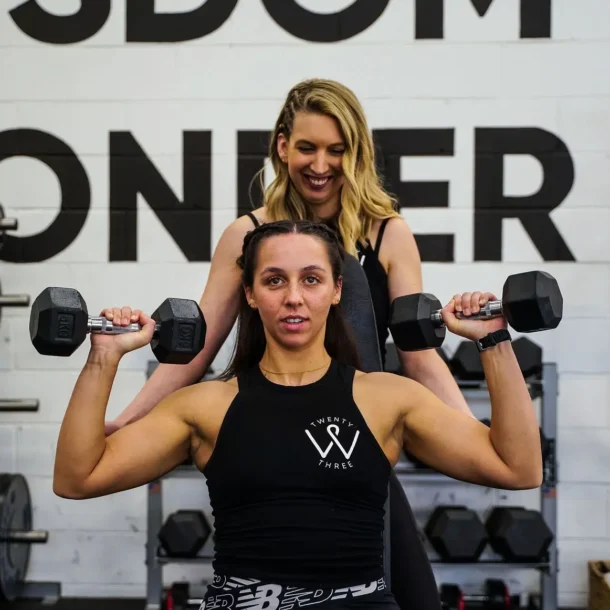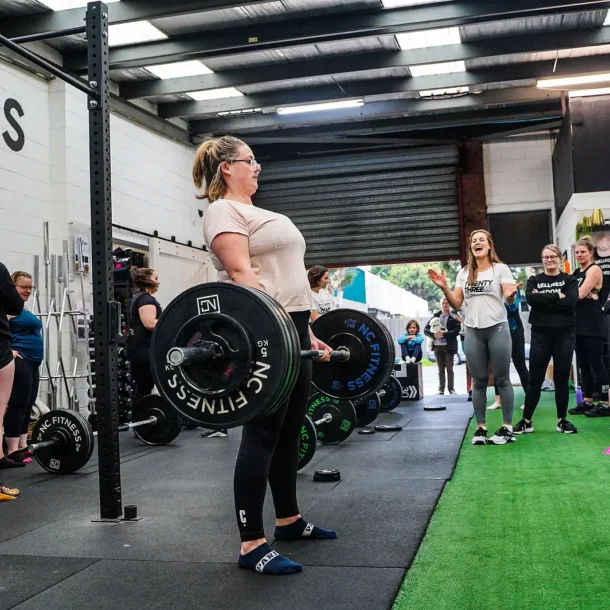

There is no better feeling than feeling strong! It is seriously the most addictive aspect of strength training. But what if you reach a crossroads in your training, or your life circumstances change your ability to get to the gym?
The current forced closures of gyms around the country has a lot of people worried that all their hard-earned gains will disappear as they are forced to change their training regimes and routines. In this article I want to allay those fears. You will not turn into a fatty blob after being parted with your favorite barbell, in fact, you could come out the otherside in better shape and with improved movement.
There is no getting around it, exercise is a lifetime commitment that will require discipline on your part. The law of diminishing returns does state that you need to work harder to see progress with each year of training. But what about the required intensity or volume to maintain? How do you minimise the risk of detraining?
What is detraining?
Detraining refers to the gradual atrophy (shrinking) of muscle tissue, as they lose their firmness and density. Along with this loss of muscle tissue, your metabolism may slow down, which may increase body fat storage.
Fortunately, detaining does not happen overnight. Your body craves stability and seeks to remain at a ‘set point’. Once your body establishes this set point, it attempts to maintain it. Therefore if you have been training for some time, your body will strive to stay in shape, using all the resources to avoid muscle loss.
Although individual factors determine the actual rate of detraining, it is unlikely that you will experience any physical changes from a brief layoff. It is believed this is up to 2 weeks with complete inactivity. In fact, a short period away from weights can be beneficial to increase muscle repair and endurance for future workouts. It is actually believed that you can maintain up to 50% of your gains with as much as a 6 month hiatus from lifting!
Muscle Memory
Fortunately, it is significantly easier to regain your previous muscle mass and shape due to muscle memory. While there is no definitive scientific explanation for this, you can expect to regain what you lost in half the time.
Steps to avoid detraining
Although you should avoid detraining and needing to start again, there are steps you can take to avoid detraining or using the time away from your regular routine to bust through plateaus.
Don’t underestimate how challenging you can make body weight exercises when performed at higher reps. It is true that muscle mass can be built at every rep range. A set of 15+ reps can be very challenging especially when performed in a controlled temp. You will feel the effects of fatigue and 3kg might start to feel like 20kg by the last rep.
The drawback of using lighter weights and higher reps is that you are unlikely to be going heavy enough to recruit type -2 fibres, which normally respond to weights at or above
75 percent of your one-rep max. This is not a bad thing, it just means you are more likely to develop slow twitch fibers that will help to increase muscular endurance. For many of us, this is a great thing. Because unless you play a sport that requires sport specific speed and power, increasing stability and endurance will assist with daily function.
2. Consume a protein rich diet
Just because you are out of your normal weight lifting routine, does not mean you should drop protein intake. Protein is required for muscle resynthesis and repair. If there is insufficient protein for bodily function and recovery from exercise, you are less likely to see optional muscle retention. We recommend having 3-5 palm size serves of protein per day, which for the average women will be between 100-140g of protein per day. Protein will also help keep you feeling full and less likely to overeat high sugar or calorie dense foods.
3. Fix Imbalances
Think of your brief time away from heavy training as a chance to reset. Most of us have minor imbalances that affect our ability to progress or increase our chance of injury. This could be shoulder impingement or dysfunction, dodgy knee, poor ankle or hip mobility when squatting, rectus diastasis, weak core, scapula winging, lazy glutes and more. Higher rep or body weight programming is a great way to address these issues because you are less focused on lifting big and able to create better stability and ‘tightness’ in different positions.
It is also a great time to focus on unilateral exercises which can help to balance weak points, while specifically targeting core stability too. To make lighter exercises harder you can also play with temp. Tempo training will change the speed with which you move throughout an exercise, and how long you stay in the bottom and top positions of the movement. This can increase time under tension and help you to overcome weak points by spending more time in specific positions.
4. Don’t YOLO!
Let’s set the record straight, you are not going blow out because your exercise regime has changed. Body composition is more likely to be changed through fluctuations in diet. This is not the time to YOLO (your only lean once) with your diet. Be mindful of your NEAT (non exercise thermogenesis). NEAT is one factor that will affect your metabolic rate and it may drop if you are more sedentary. Further, the amount of calories burnt through exercise is negligible in comparison to weight loss that can be achieved through attention to diet and caloric intake.
If you would like to join our online training platform, StrongHer head to our website to enrol.

Ange Drake is an personal trainer, women’s empowerment coach and fitness blogger in the northern suburbs of Melbourne. She is the director of one of the few womens’ only strength training gyms in Melbourne, 23W. Ange helps women to learn how to use strength based training, nutritional strategies and a positive mindset to transform their bodies, relationship with food and mind.
Can’t decide which of our packages is best suited for you? Take our questionnaire to help you decide!





